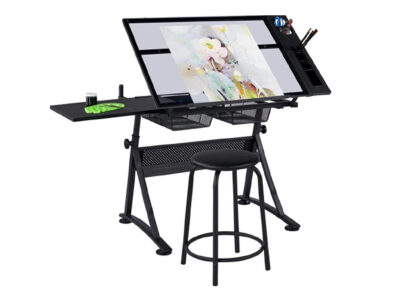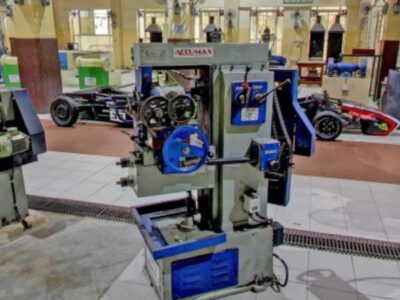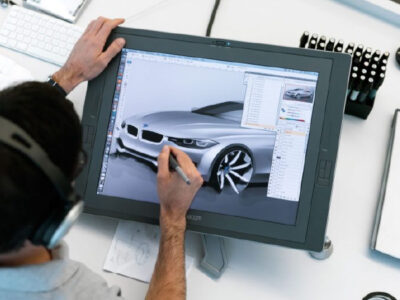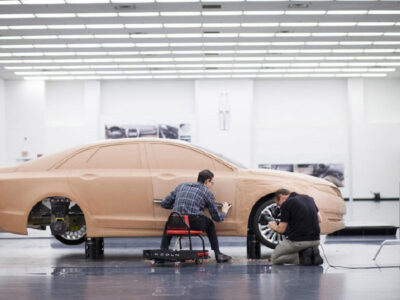Facilities
Design Classrooms

The design of a class influences how comfortable students feel, how much they engage with their instructors, and how easily they can engage with one another and it’s also about enhancing learning and development. Our classroom design involves creating a space that supports instructors, encourages learning, adapts to different needs and fosters collaborative, project-based engagements. KIIT School of Design hosts state of art classrooms, equipped with ergonomically designed drafting tables and chairs, assisted by projector and interactive display monitors.
Design Workshop

Design Workshop is a place where students acquire knowledge on the operation of various processes involved in manufacturing and production. Workshop is the core of learning about different Materials, equipment, tools and manufacturing practices that are observed in different manufacturing functions and operations. The workshop consists of well-spaced layout of an array of machineries from lathe machines to mechanical cutters and welding equipments. This is where our design students will spend their time developing their physical modelling projects to scale models of their concepts. The basic application includes cutting, shaping, milling, sawing, boring, slotting, grinding, drilling, and turning; a variety of objects made from metal, wood, plastic, and any other solid material.
CAD Laboratory

Computer-Aided Designing (CAD) is the use of computer systems to assist in the creation, modification, analysis, or optimization of a design. CAD software is used to increase the productivity of the designer, improve the quality of design, improve communications through documentation, and to create a database for manufacturing. With the help of various CAD software packages, the students will learn how computer-aided design and computer-aided manufacturing can be applied to their design process like digital sketching/renderings, 3D modelling and milling.
Clay Modelling Laboratory

Automotive clay sculpting help translate a designer’s vision into a tangible reality. Clay modelling is still commonly used by OEMS in automotive and product design industry, This is a way to for pre visualize concepts which help in decision making before taking the products further for manufacturing. Since the 1930s, every car has started as a full-size clay model … in 2023 clay modeling is still a crucial step in the design process. Clay modelling has been at the forefront of automotive design for decades.

